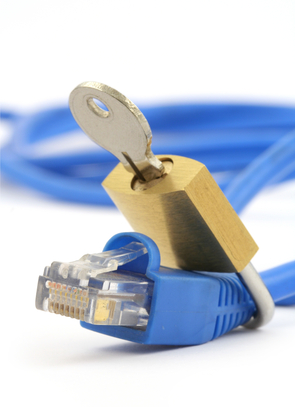Many small businesses and start-ups make the mistake of not planning for the growth of the IT infrastructure as the business expands. With the emphasis being on sales and orders they neglect this aspect until there comes a point at which the existing infrastructure is struggling to keep up with the demands placed upon it. The result is often delays, disruption and lost sales while the necessary upgrades are carried out. Sometimes it requires the building itself to have its physical infrastructure upgraded. This can be difficult if the building is leased but not impossible when utilizing tenant improvement allowance in orlando to help with it. Whatever the case, upgrading at the last moment can be a slow process that upheaves many areas of the business.
Time and time again it proves the necessity for forward planning so that the business grows into an IT framework that has already been expanded to meet anticipated demand rather than exceeding capacity and breaking the flow. Businesses will often look into new software to expand their capabilities and improve their workflow, such as accounting software from the likes of ezlease.net, but hardware power should grow and keep up with these necessities.
It is also often the case that added to this lack of capacity planning is a lack of awareness of the ever changing nature of security threats both from within the IT environment itself and from external sources e.g. the Internet. Secure IT environments exist because they have learned through experience how to say one step ahead of the hackers and data thieves who continually probe for weaknesses to exploit.
Business managers who have their eye on the ball will allocate time and resources to each of the components required for IT infrastructure growth. These include, but are not limited to; hardware and software upgrades, including things like inventory software, if necessary to the running of the business, bandwidth management, resiliency, disaster recovery, and staff training. They will need short and long term plans so that the infrastructure is not only built but also working efficiently as the business expands. This means they will also need to plan for testing and making changes in a way that causes minimal impact and risk the the business. This often means that such tests and changes are done outside of normal working hours, with the added costs in staff overtime that this can incur.
Security policies are another important area for business owners to consider. Depending on the size of the organization this can vary from a single document that describes how their assets are protected to whole team dedicated to the task of security monitoring, maintenance and forward planning. Even a small business run from home needs a security policy and this often exists by default, comprising the antivirus and security software that comes supplied with the PC or laptop. However, even the solo worker should not be complacent and should apply software upgrades to the browsers in use as well as the antivirus and anti intrusion software.
Security, as the saying goes, is everyone’s business. Staff training is of great importance in larger organizations. Secure IT environments can be compromised by employees who introduce unauthorized devices into the network or who risk creating a weakness in the perimeter by the use of software that contains vulnerabilities. It is therefore the responsibility of the security team to remind existing employees, as well as training new recruits, about the importance of the correct use of company assets.
One aspect businesses can leave out is safeguarding their businesses in case of any mishaps. As it is said, life is unpredictable. Mishaps can happen to anyone. Companies have business insurance, but may forget that any mishap with their employees could also be the reason for the company’s demise. Businesses might take advantage of policies such as keyman insurance which tends to cover compensation plans in case of an untimely injury or death of a staff. Therefore, businesses have to invest wisely in their employees and companies to ensure that they are both secure in the future.
So when considering the future needs of your business in terms of IT think of where your business is expected to be in a year or five years’ time and then build the IT infrastructure first. In this way you will minimize the disruption to your commercial operation while maintain efficiency and security.
Author Bio:
Rosette is a network administrator for a small business. She recommends outsourcing your IT services to a supplier of secure IT environments to make your network easily scalable. Rosette can be found online blogging about a variety of networking solutions.


